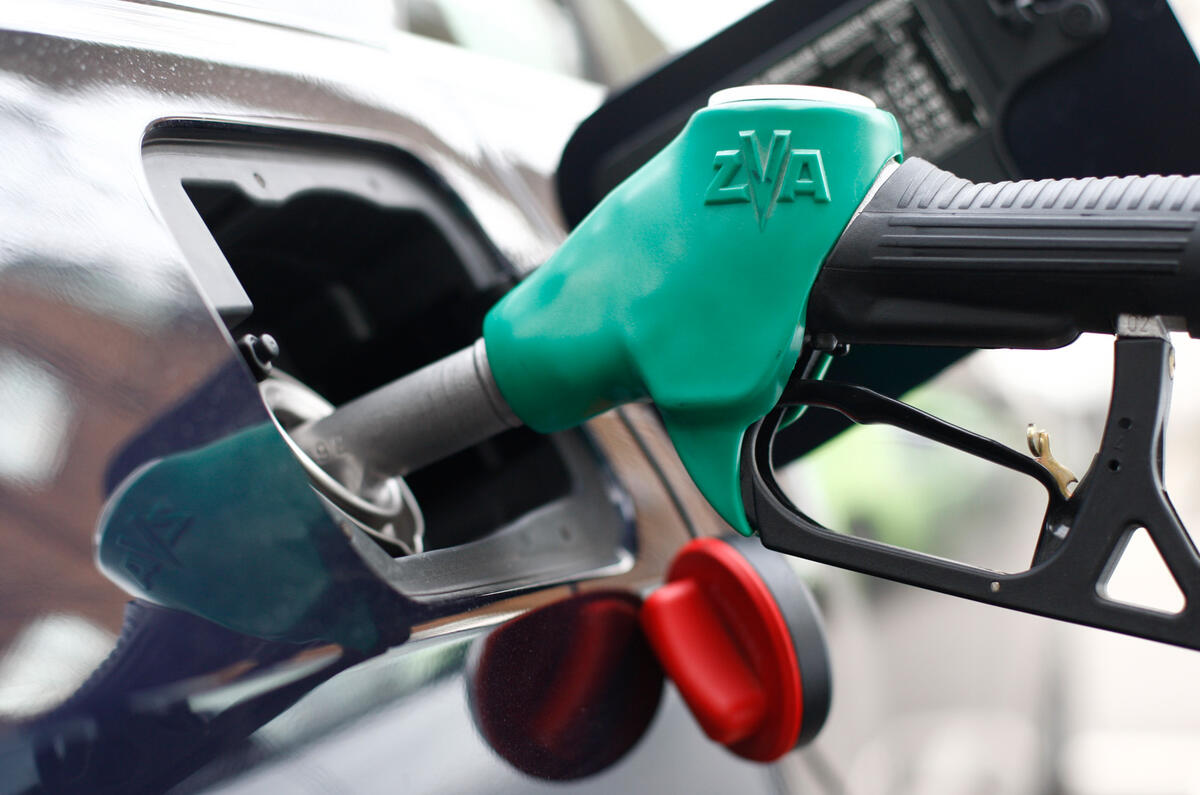It's vital to closely watch mileage rates. Here's why.
What are the mileage rates for company cars and vans?
Drivers using company-owned vehicles are reimbursed using advisory fuel rates (AFRs). These are HMRC-approved per-mile rates which are adjusted every quarter and can also be used by employers to recoup the cost of private journeys if drivers are using a fuel card.
Autocar's company car tax calculator shows exactly what you'll pay for every make and model
HMRC publishes nine AFRs, with different rates for petrol, diesel and LPG-fuelled vehicles based on their engine capacity. These are calculated using an average fuel efficiency figure for vehicles registered to fleets and current forecourt prices across the UK, and that figure is rounded to the nearest whole penny.
Petrol cars and vans:
| Engine size | Average Efficiency | Cost per mile | AFR |
|---|---|---|---|
| Up to 1,400cc | 51.9mpg | 13.0p | 13p |
| 1,401-2,000cc | 44.1mpg | 15.3p | 15p |
| Over 2,000cc | 28.8mpg | 23.4p | 23p |
Diesel cars and vans:
| ENGINE SIZE | AVERAGE EFFICIENCY | COST PER MILE | AFR |
|---|---|---|---|
| Up to 1,600cc | 60.7mpg | 12.7p | 13p |
| 1,601-2,000cc | 49.8mpg | 15.5p | 15p |
| Over 2,000cc | 38.8mpg | 19.9p | 20p |
LPG cars and vans:
| ENGINE SIZE | AVERAGE EFFICIENCY | COST PER MILE | AFR |
|---|---|---|---|
| Up to 1,400cc | 41.5mpg | 9.5p | 10p |
| 1,401-2,000cc | 35.3mpg | 11.2p | 11p |
| Over 2,000cc | 23.0mpg | 17.2p | 17p |
How do mileage rates work for electric and hybrid cars?
Electricity is taxed differently to other fuels, and HMRC has a much simpler system for reimbursing electric vehicle drivers. The Advisory Electric Rate (AER) is currently 9p per mile for all electric vehicles, regardless of their size or efficiency. It’s based on an average efficiency figure for all fleet-owned vehicles and the cost of home charging and, following a year of rising energy prices, it’s now adjusted every quarter.
There are no mileage rates for hybrids, whether they’re ‘self-charging’ or plug-ins. Instead, HMRC advises fleets to reimburse drivers using the AFR system, using their engine size and fuel type.
What if the mileage rates don't cover real-world costs
HMRC will allow fleets to adjust the mileage rates if they are either leaving drivers out of pocket or actual travel costs are much lower, for example, if a plug-in hybrid is being charged regularly. However, they have to prove that the rates they are using are accurate, and any excess can be taxed as additional income or profit.
Employers also don’t have to use AFRs if they can prove that employees pay them back for the full cost of private journeys instead of calculating it based on mileage.






Add your comment